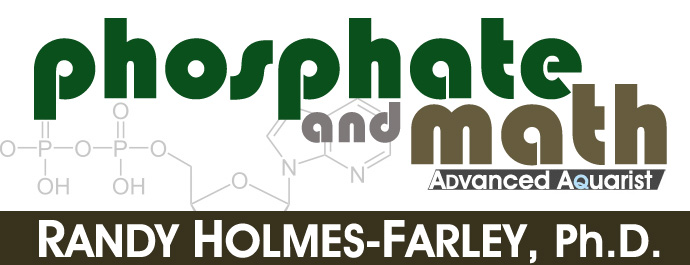Hello reefers
Why some activated carbon brands clains that is phosphate free ?
How is the manufacturing process to have or not phosphate in the composition or is it related to the raw material ?
In terms of price there is a big difference from freshwater activated carbon and marine and Im trying to understand the reason or if we must always use the most expensive.
Thanks
Charles Silva
Rio de Janeiro - Brazil
Why some activated carbon brands clains that is phosphate free ?
How is the manufacturing process to have or not phosphate in the composition or is it related to the raw material ?
In terms of price there is a big difference from freshwater activated carbon and marine and Im trying to understand the reason or if we must always use the most expensive.
Thanks
Charles Silva
Rio de Janeiro - Brazil



















